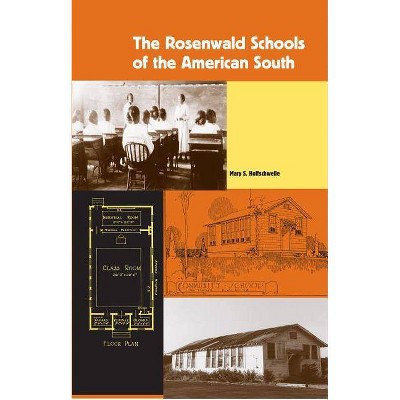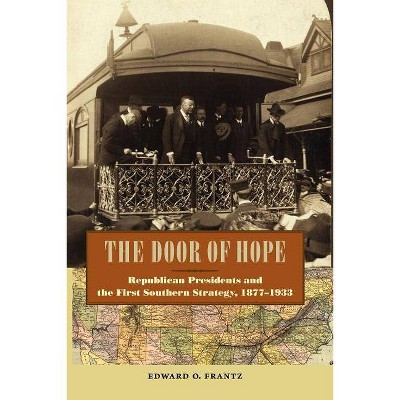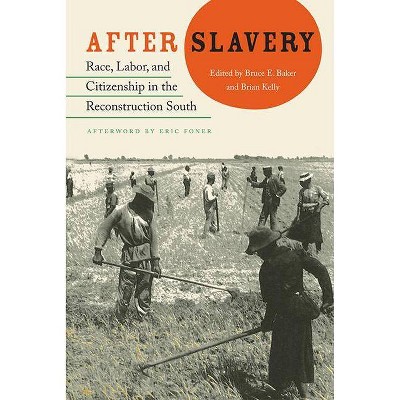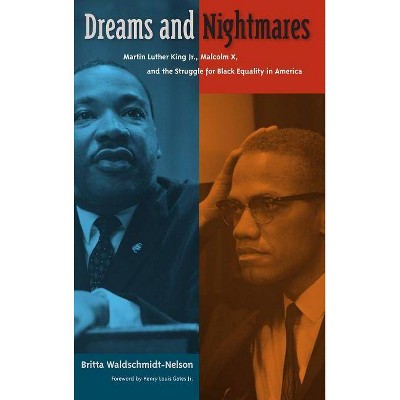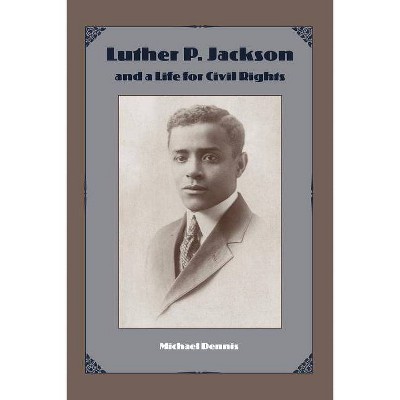Ain't Scared of Your Jail - (New Perspectives on the History of the South (Paperback)) by Zoe A Colley (Paperback)
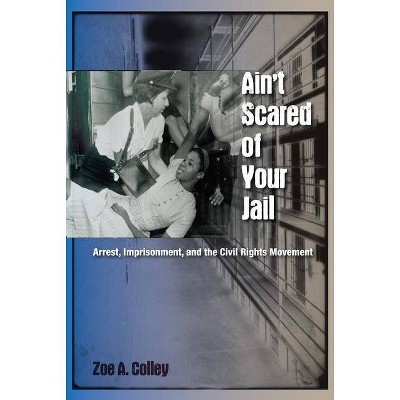
Similar Products
Products of same category from the store
AllProduct info
<p/><br></br><p><b> About the Book </b></p></br></br>An exploration of the impact on imprisonment of individuals involved in the Civil Rights Movement as a whole.<p/><br></br><p><b> Book Synopsis </b></p></br></br>"Demonstrates how the 'jail, no bail' tactic moved the movement from a response to a crisis to an event that drew media notice and focused the country's attention on the injustice of segregation."--<b><i>Choice</i></b></p> </p>"Examines the history of the civil rights movement and the criminal justice system beyond the court rooms and into the arrests, jail cells, and prisons that were the locus of grassroots protests and organizing."--Robert Cassanello, author of <i>To Render Invisible: Jim Crow and Public Life in New South Jacksonville</i></p> </p>In this book, Zoe Colley follows civil rights activists inside the southern jails and prisons to explore their treatment and the different responses that civil rights organizations had to mass arrest and imprisonment. While some found imprisonment to be an energizing or inspiring experience and celebrated jail-going as liberating and honorable, others struggled to find a positive value.</p><br>By drawing together the narratives of many individuals and organizations, Colley places imprisonment at the forefront of civil rights history and shows how these attitudes toward arrest continue to impact contemporary society and shape strategies for civil disobedience.</p><p/><br></br><p><b> From the Back Cover </b></p></br></br>"Examines the history of the civil rights movement and the criminal justice system beyond the court rooms and into the arrests, jail cells, and prisons that were the locus of grassroots protests and organizing."--Robert Cassanello, coeditor of "Migration and the Transformation of the Southern Workplace since 1945" Beyond Dr. Martin Luther King Jr.'s "Letter from Birmingham City Jail," there has been little discussion on the incarceration experiences of civil rights activists. In this book, Zoe Colley does what no historian has done before by following civil rights activists inside the southern jails and prisons to explore their treatment and the different responses that civil rights organizations had to mass arrest and imprisonment.<BR>Imprisonment became a way to expose the evils of segregation and highlighted to the rest of American society the injustice of southern racism. Protestors shifted from seeing jail as something to be avoided to seeing it as a way to further the cause. Colley examines the many factors that shaped how an individual interpreted their imprisonment: race, gender, age, class, or whether one was from the North or the South. While some found imprisonment to be an energizing or inspiring experience and celebrated jail-going as liberating and honorable, others struggled to find a positive value.<BR>By drawing together the narratives of many individuals and organizations, Colley paints a clearer picture how the incarceration of civil rights activists helped shape the course of the movement. She places imprisonment at the forefront of civil rights history and shows how these new attitudes toward arrest continue to impact contemporary society and shape strategies for civil disobedience. Zoe A. Colley is lecturer in American history at the University of Dundee. "A volume in the series New Perspectives on the History of the South, edited by John David Smith"<p/><br></br><p><b> About the Author </b></p></br></br><b>Zoe A. Colley</b> is lecturer in American history at the University of Dundee.
Price History
Price Archive shows prices from various stores, lets you see history and find the cheapest. There is no actual sale on the website. For all support, inquiry and suggestion messagescommunication@pricearchive.us

